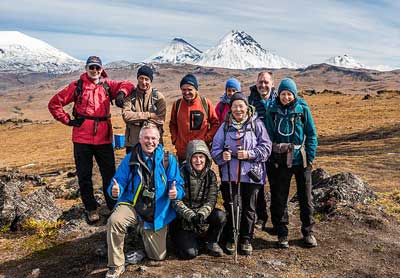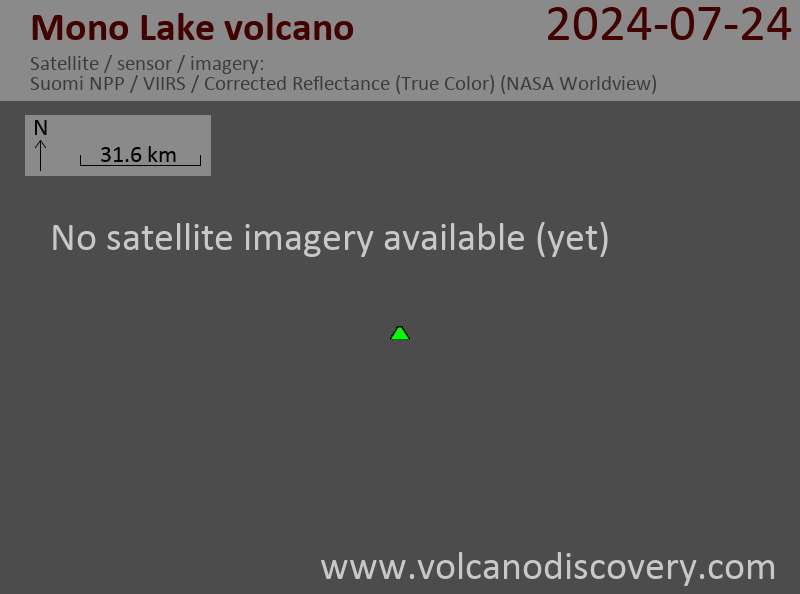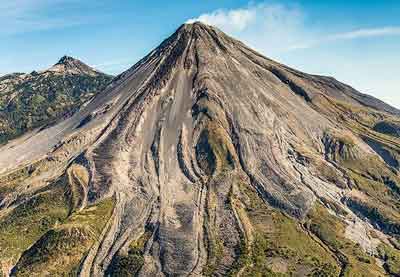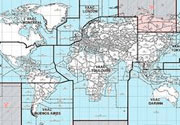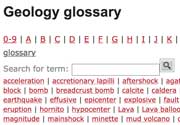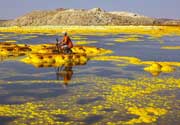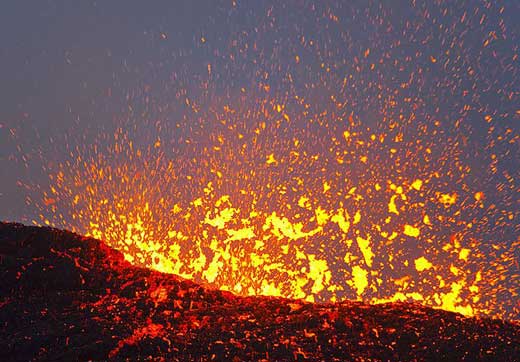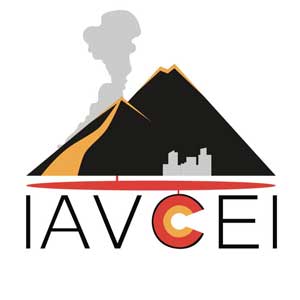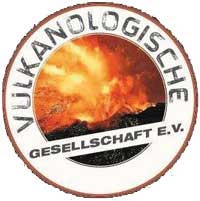Mono Lake Volcano
Updated: 19 abr. 2024 17:19 GMT -
cinder cones 2121 m / 6,959 ft
California (Canadá y EE. UU. (continente)), 38°N / -119.03°W
Current status: normal or dormant (1 out of 5)
California (Canadá y EE. UU. (continente)), 38°N / -119.03°W
Current status: normal or dormant (1 out of 5)
The Mono Lake volcanic field east of Yosemite National Park and north of the Mono Craters in central eastern California is a series of cinder cones in Mono Lake and on its shore. It is one of the most recently active volcanoes in California, the last eruptions having occurred at Paoha Island only 100 or 230 years ago. Paoha Island's eruption was the appearance of a so-called cryptodome - a shallow intrusion of a viscous rhyolitic magma body that uplifted the lake bottom sediments.
[smaller] [larger]
Erupciones del volcán Mono Lake: 1890 (?), 1790 ± 75, 1550 ± 300, 1150 ± 200, 350 AD ± 100
Latest nearby earthquakes
| Fecha / Hora | Revista / Prof. | Distancia / Ubicación | |||
Background
The most topographically prominent feature of the Mono Lake volcanic field is Black Point, basaltic cone that grew from within the lake and now rises above the NW shore. It was formed about 13,300 years ago when the level of Mono Lake was higher.Holocene (i.e. younger than 11,000 years) rhyodacitic lava domes and flows form Negit and parts of Paoha islands off the northern shore and center of the lake, respectively. Spectacular tuff towers line the shores of Mono Lake.
(Source: GVP)




